Polyester: What It Is and Why It’s Bad for Health and the Planet
Do you know how much plastic you wear every day? You might not think about it, but most of your wardrobe is made of synthetic materials. According to the Textile...
Cart
You are €180 away from free shipping
No more products available for purchase
Through your purchase we are funding Nei Nostri Panni, our social project that promotes the integration of migrants and generational renewal in the textile sector.
Your cart is empty.
Explore circular fashion products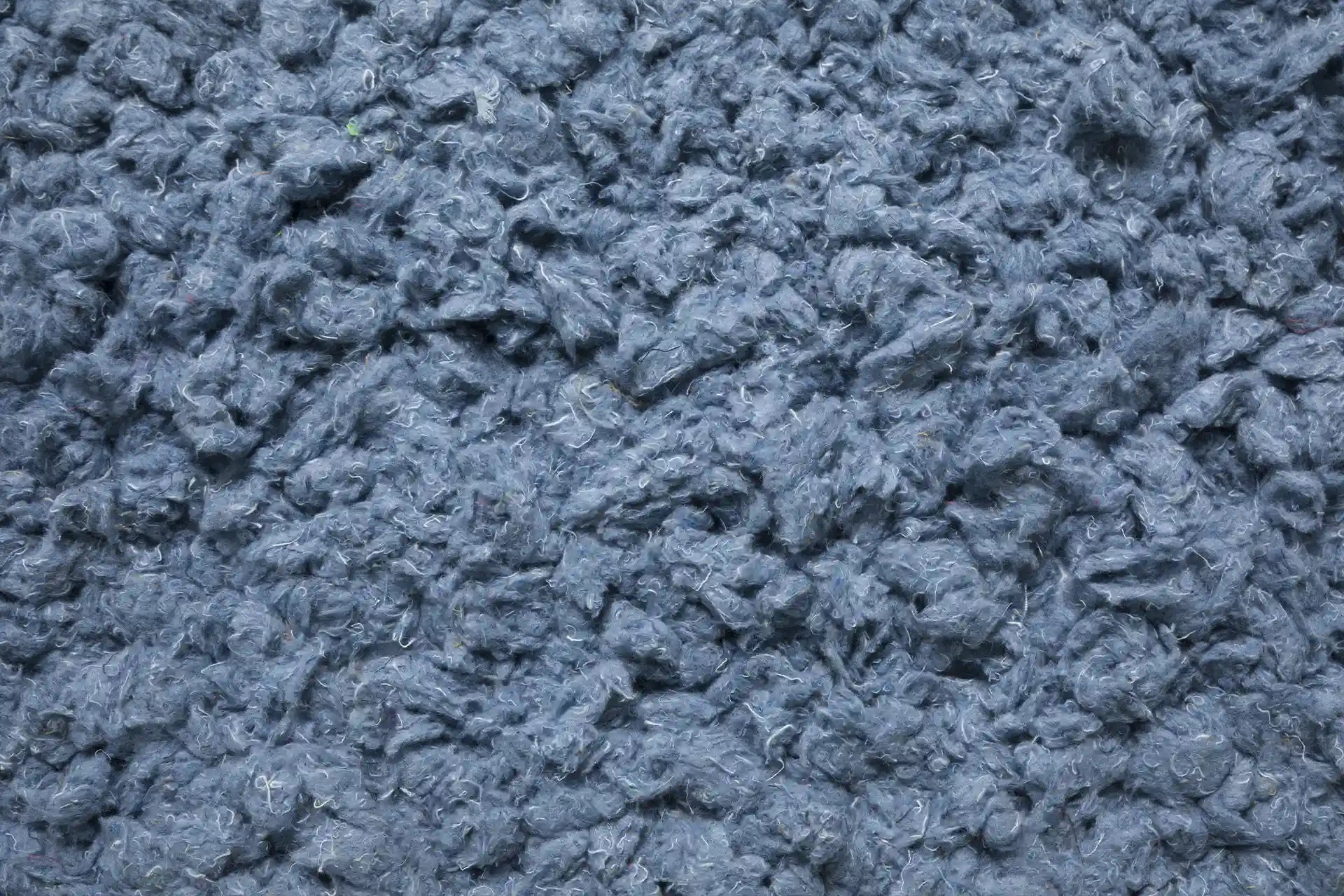
Rifò garments are recycled and recyclable.
We select our materials based on these requirements, choosing natural, biodegradable materials composed of at least 50% recycled fibers. Then there is a third, fundamental requirement: transparency.
We try as far as possible to rely only on producers capable of guaranteeing the traceability and ethics of the supply chain, as well as reliable studies and data on the impacts of sustainable production.
Discover all the phases that lead to the transformation of used clothing and industrial waste into new textile resources.
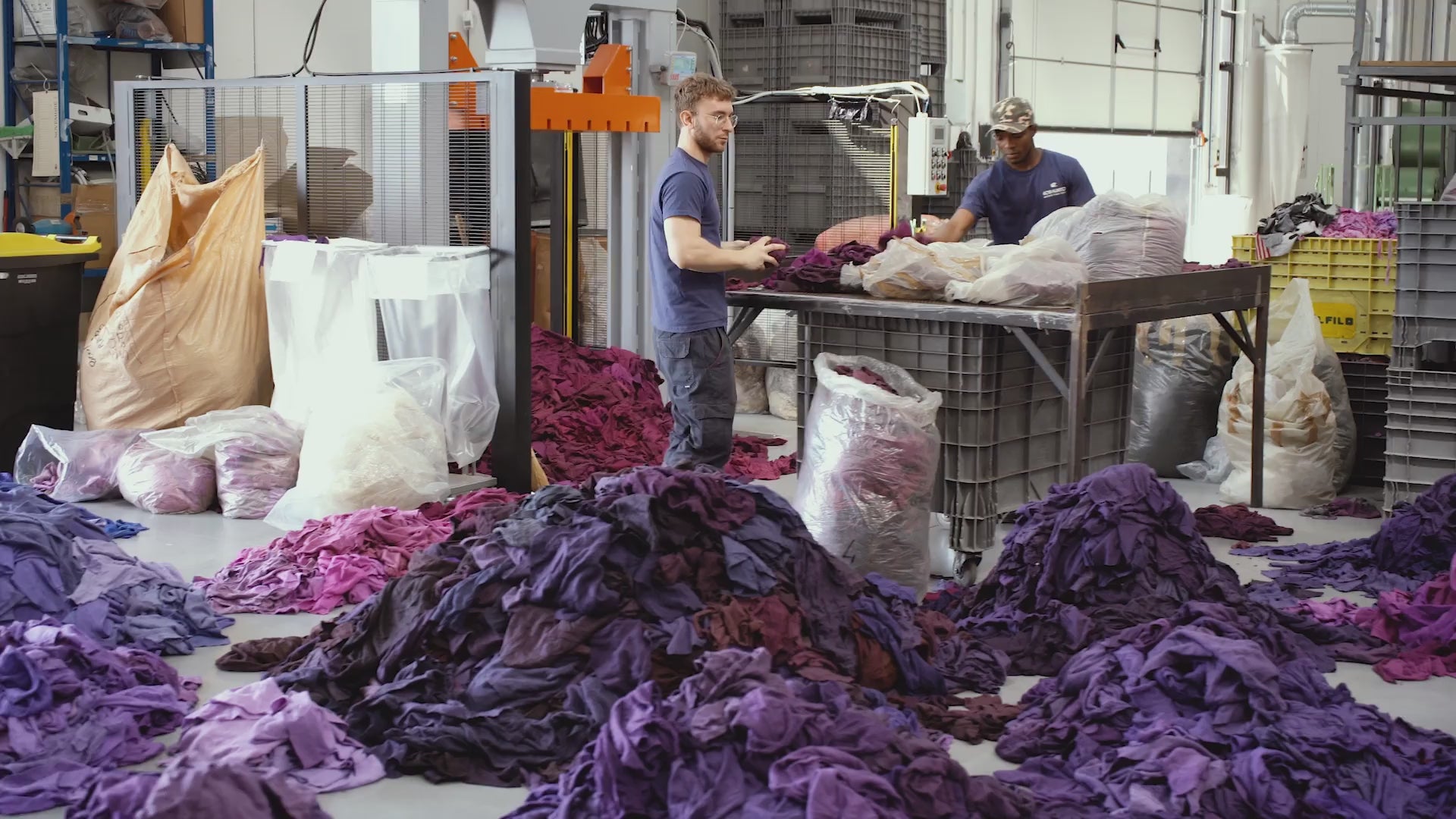
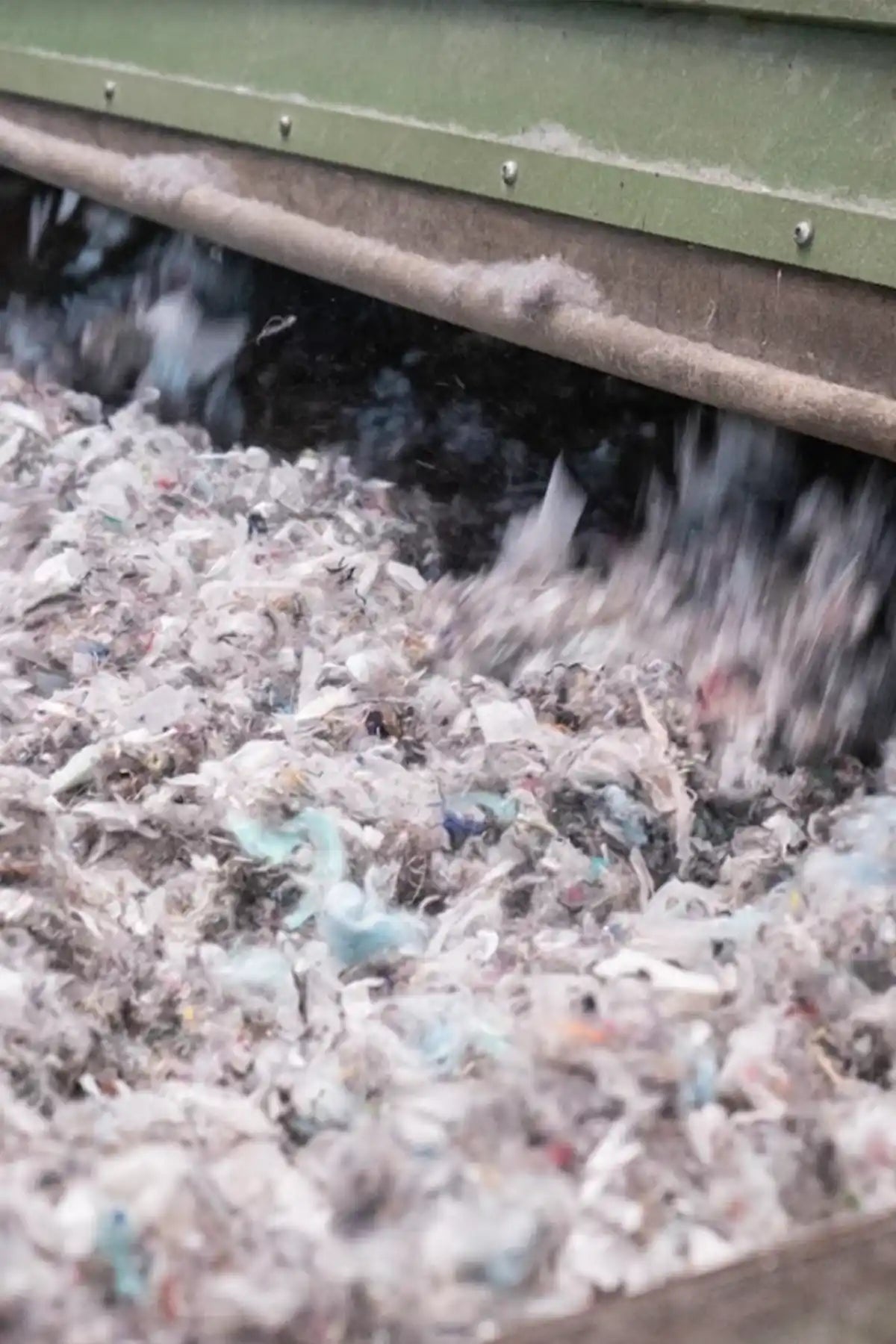
We developed a solution to give new life to waste of waste.
This reusable packaging is created through a mechanical recycling process that requires no water.
The composition of Fluffypack felt comes from mixed fibers, mainly cotton and polyester.
In 2024, we used 919 Fluffypacks in three different sizes, accounting for nearly 7% of our shipped packages.
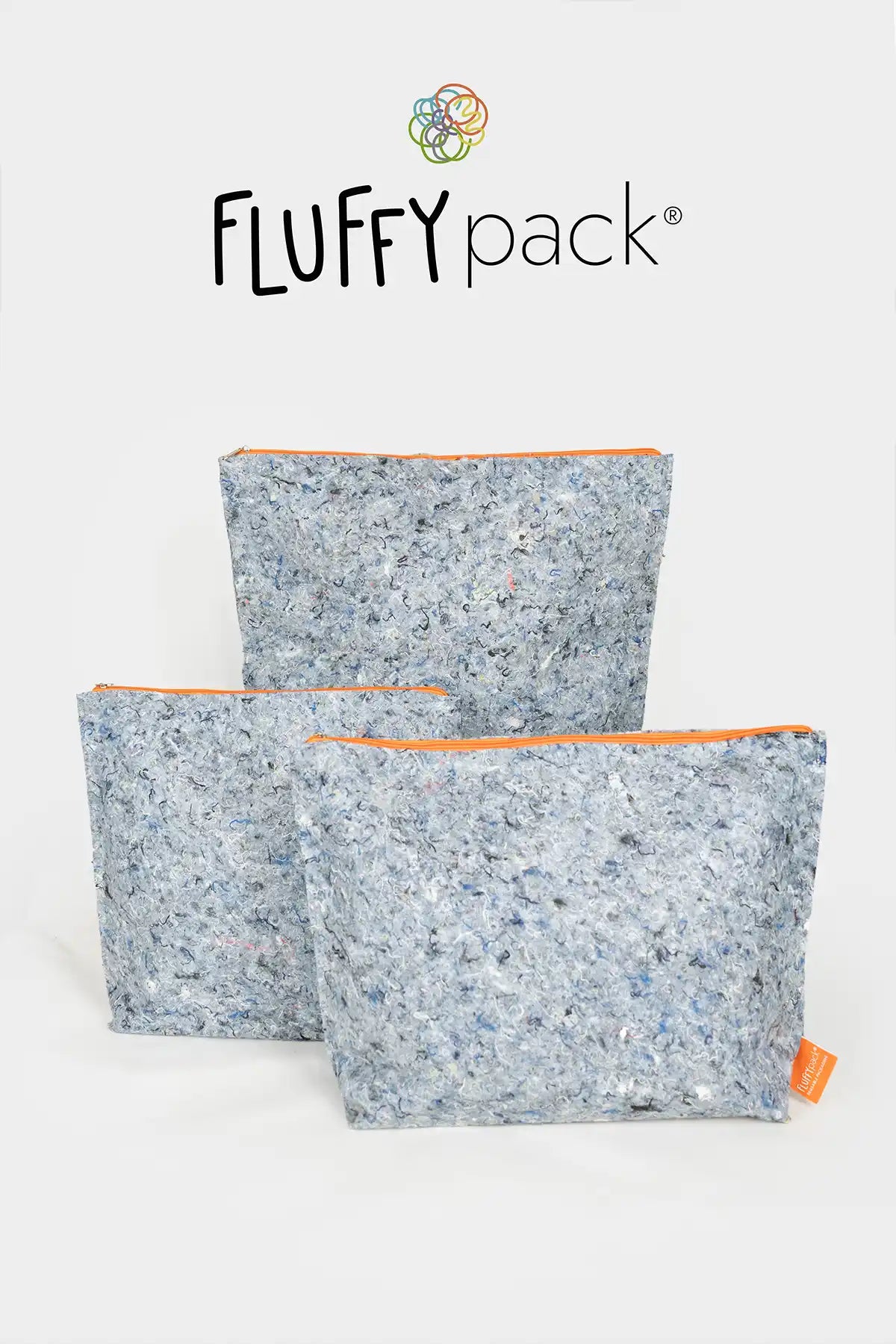
Fluffypack is a new sustainable, reusable packaging made from recycled felt that gives new value to textile waste that cannot be recycled for clothing.
These materials account for 30% of the 11 kg of textile waste per person thrown away yearly in Europe alone. By choosing Fluffypack, you make a conscious and responsible choice for the planet.
Fluffypack is tested to travel and protect your Rifò purchases from water and weather. You can select it as a shipping option at checkout.
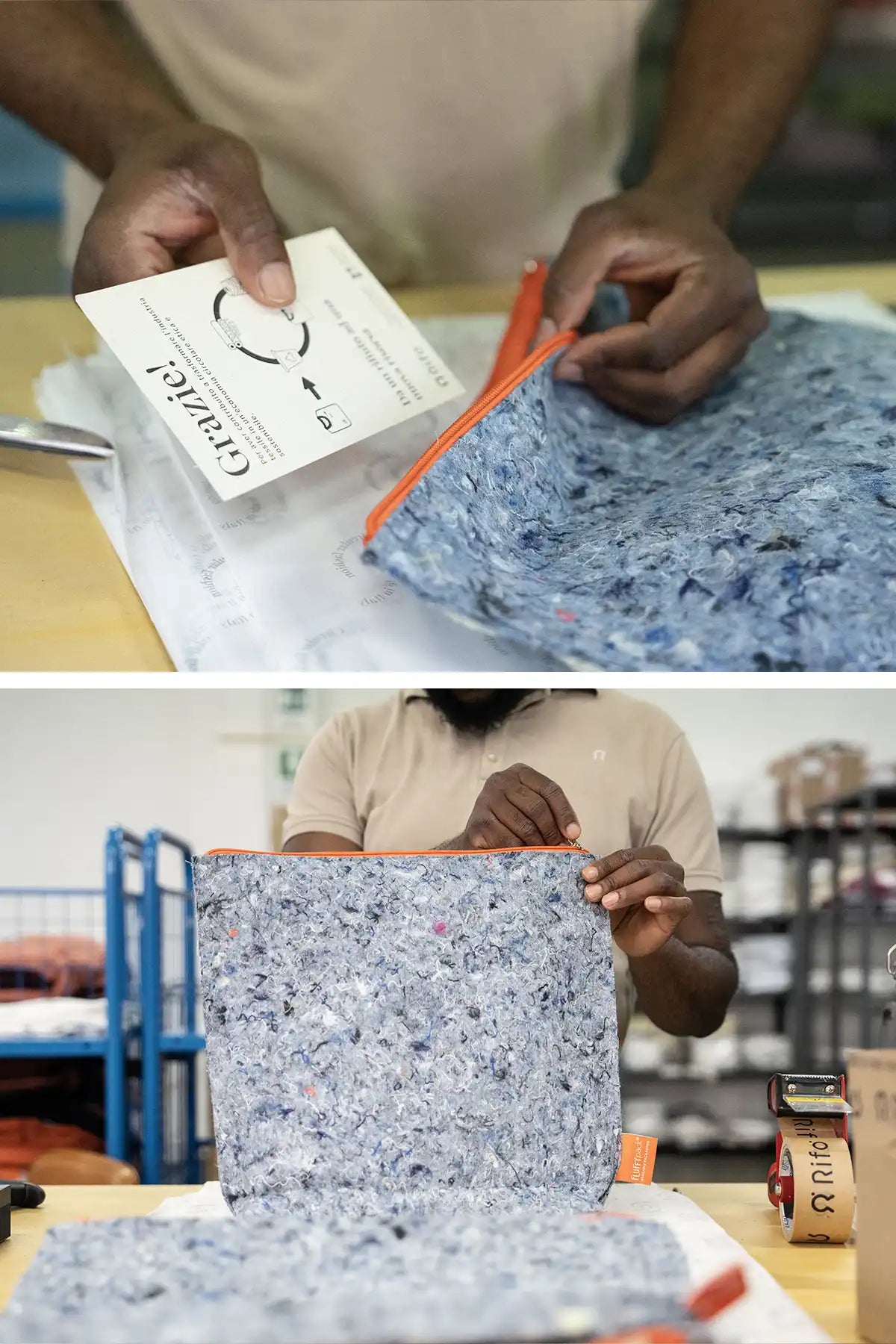
The great thing about Fluffypack is that its life cycle doesn't end with shipping.
Depending on the size, it can become a convenient container for your suitcase, a bag for kids' toys or dirty laundry, a large toiletry bag or, why not, even an original gift wrap.
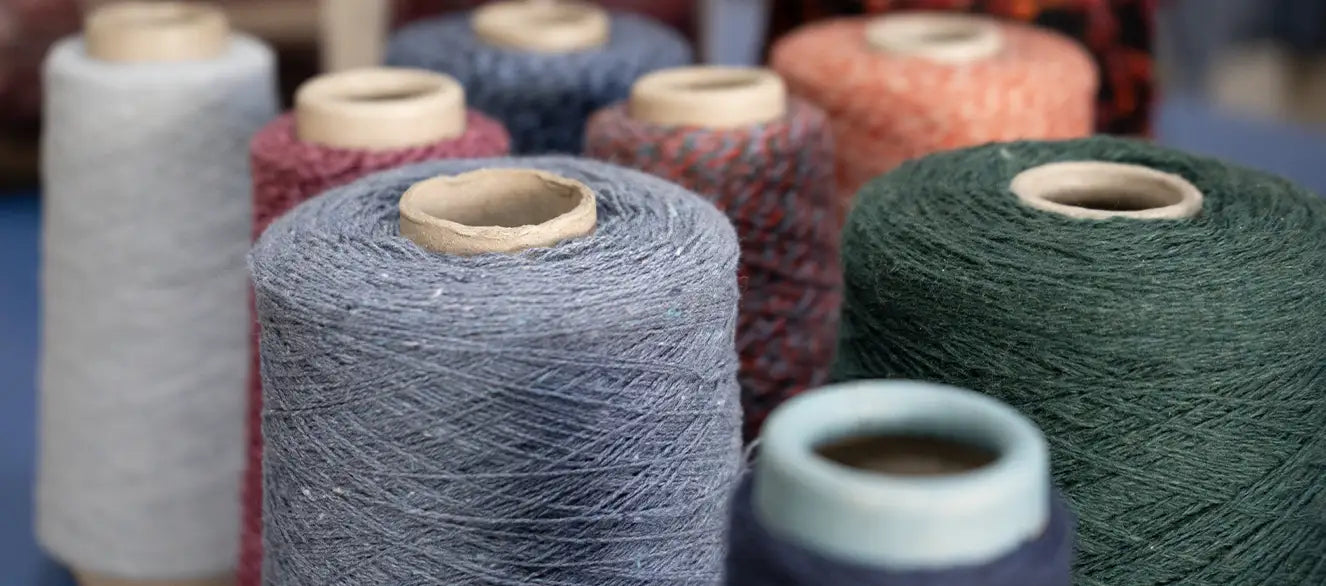
We are committed to giving new life to what is normally considered waste, including surplus yarns from our own stock, which we reuse to create our limited edition Zero Waste collections, or fabrics that are leftovers from other companies, which we save from the landfill.
Do you know how much plastic you wear every day? You might not think about it, but most of your wardrobe is made of synthetic materials. According to the Textile...
Since 2019, we've been offering a used clothes collection service. We’re not the only ones—many fashion brands do it, from ethical labels to fast fashion, under the name take back....
When talking about sustainability and the circular economy, we often refer to the 4 Rs: Reduce, Reuse, Recycle, and Recover. These key strategies aim to lower environmental impact through responsible...
Properly caring for garments is the first step in making them last for years. Doing so before switching out seasonal wardrobes is even more important. Especially when dealing with high-quality...
Copia il codice e inseriscilo al checkout





